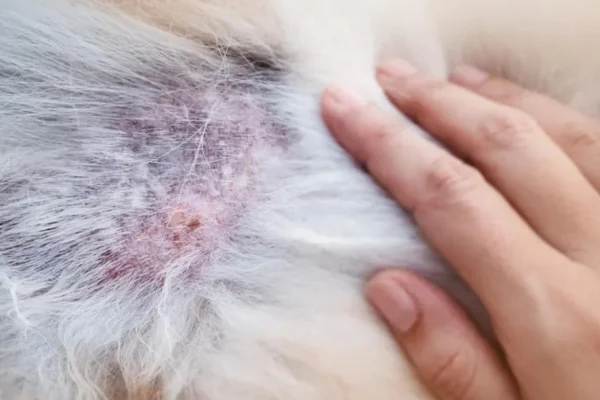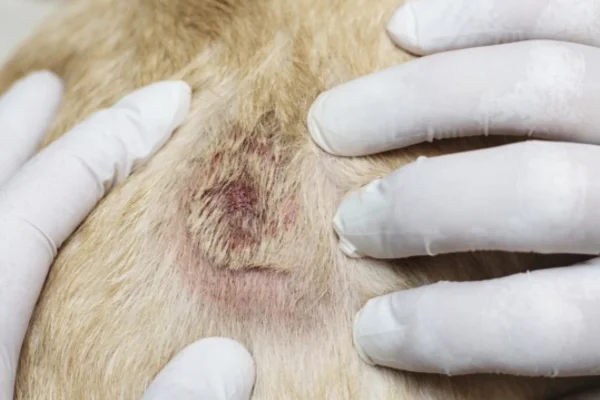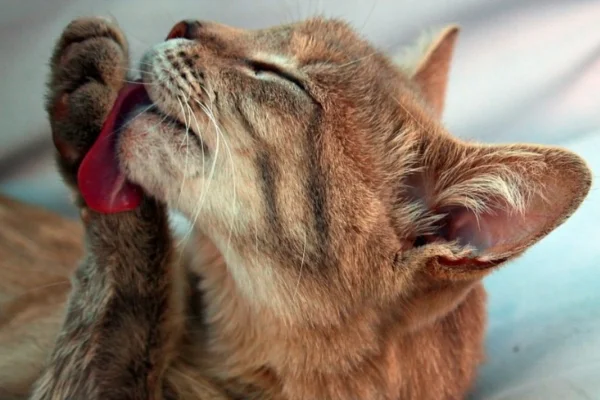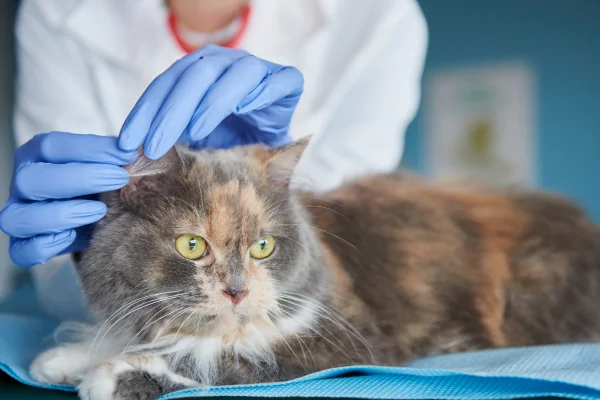Dermatophytosis in Cats: A Comprehensive Guide
Find out everything you need to know about dermatophytosis in cats in this detailed guide. Learn about its causes, symptoms, treatment and much more.
Introduction
Dermatophytosis in cats, also known as feline ringworm, is a common fungal infection in cats that affects their skin, fur and sometimes even their claws. Although it's not a life-threatening condition, it can be uncomfortable for your feline friend. In this comprehensive guide, we'll explore all aspects of dermatophytosis in cats, from its causes and symptoms to its treatment and prevention.
What is Dermatophytosis in Cats?
It is a fungal infection that affects the skin and hair of cats. It is caused by fungi of the Microsporum and Trichophyton genera. These fungi develop in the superficial layers of the cat's skin, resulting in uncomfortable and visible symptoms.
Contents
Causes of Dermatophytosis in Cats
The causes of dermatophytosis in cats can vary, but generally involve contact with fungal spores present in contaminated soil or on other infected animals. Cats can contract the infection through direct or indirect contact.
Common symptoms
Dermatophytosis in cats can present various symptoms, including:
- Hair loss in circular areas.
- Scaly skin or scabs.
- Intense itching.
- Wounds or lesions on the skin.
- Brittle or deformed nails
Diagnosis
Diagnosis in cats is usually made by a veterinarian, by examining the skin, hair or even visual observation. Tests can include observation under a Wood's lamp, fungal culture or microscopic examinations.
Treatment
Treatment in cats often involves the use of topical or oral antifungals, along with antifungal baths and cleaning of the affected areas. Treatment should be administered according to the vet's instructions.
Prevention and care
Preventing dermatophytosis in cats is essential to keeping your cat healthy and happy. Here are some tips:
- Isolation: If your cat is diagnosed with dermatophytosis, keep it isolated from other pets to avoid spreading the infection.
- Hygiene: Keep your cat clean and brushed regularly to remove loose hair and fungal spores.
- Disinfection: Clean and disinfect areas frequently visited by your cat.
- Veterinary consultations: Take your cat for regular check-ups to make sure it's healthy.
Etiology of Dermatophytosis in Cats
Dermatophytosis is caused by a cat's exposure to dermatophyte fungal spores. These spores can be found in the environment, on other infected animals or even on humans. When the spore comes into contact with the cat's skin, it can develop the infection.
Dermatophytosis in Cats: Frequently Asked Questions
Q: What are the main symptoms in cats? A: Symptoms include scaly skin, hair loss, itching and, in some cases, circular lesions on the skin.
Q: Is it contagious to humans? A: Yes, it can be transmitted to humans. Take precautions when handling an infected cat.
Q: How long does it take to treat cats? A: Treatment can vary from a few weeks to several months, depending on the severity of the infection.
Q: Can I treat dermatophytosis in cats at home? A: Although it is possible to treat at home, it is advisable to seek advice from a vet to ensure proper treatment.
Q: My cat is infected. Does that mean he's dirty? A: No, dermatophytosis is not related to dirt, but to a common fungal infection.
Q: How do you prevent other pets from contracting it? A: Isolating the infected cat, maintaining hygiene and disinfecting common areas will help prevent the spread.
Conclusion
It's a common condition in cats, but with proper treatment and preventive care, your cat can recover completely. If you suspect your cat has dermatophytosis, don't hesitate to go to the vet for a proper diagnosis and advice. With care and attention, your feline will be back to a healthy state.
Thanks for stopping by, check out our other work too
https://vettopbr.com/tosse-em-caes/
https://cuidar.petlove.com.br/











